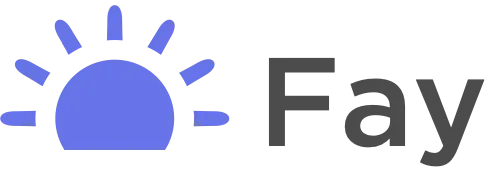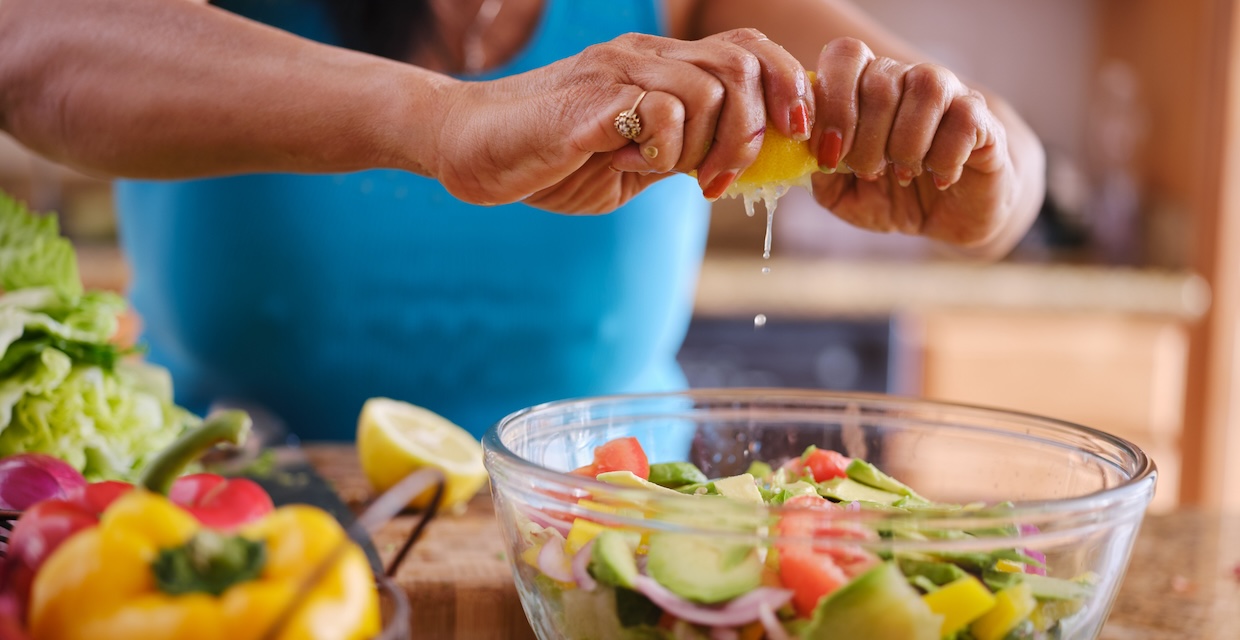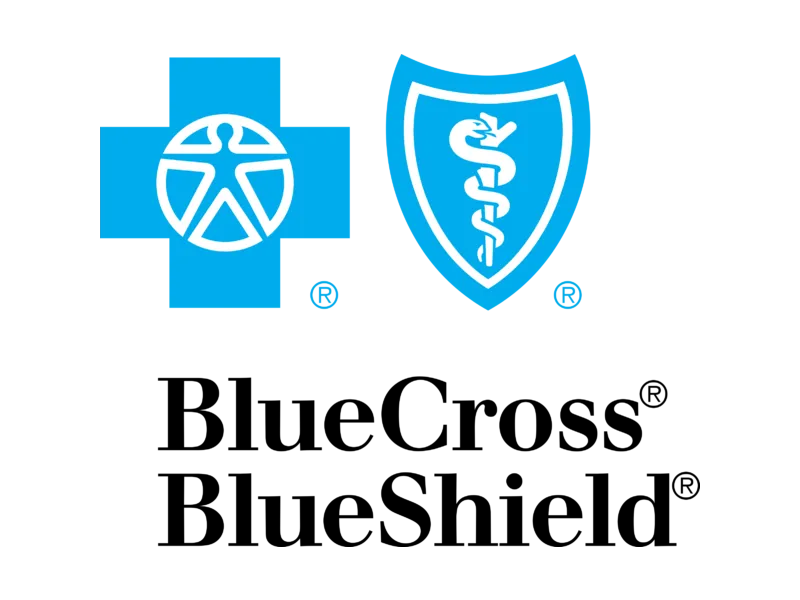Key Points
- Anemia is often caused by a lack of iron, but deficiencies in vitamin B12 and folate can also be the culprit.
- Your body absorbs iron from animal sources (heme iron) more easily than from plant sources (non-heme iron). You can significantly boost absorption of plant-based iron by pairing it with vitamin C.
- Certain compounds in foods like tea, coffee, and dairy can block iron absorption. It’s best to consume these separately from your main iron-rich meals.
- While a nutrient-focused diet is a powerful tool for managing and preventing anemia, it is not a substitute for medical treatment. Always work with your healthcare provider for diagnosis and a registered dietitian for a personalized nutrition strategy.
Feeling constantly tired, weak, or short of breath? Anemia might be the reason. This common condition happens when your body doesn't have enough healthy red blood cells to carry adequate oxygen to your tissues, leaving you feeling drained and foggy.
While many people think of anemia as just an iron problem, the reality is a bit more complex. Deficiencies in other key nutrients, like vitamin B12 and folate, can also lead to different types of anemia.
While diet alone usually isn’t a cure, it can play a huge role in managing your symptoms and boosting your energy levels. This guide offers a comprehensive seven-day anemia diet plan designed to be rich in iron, B12, and folate. It’s more than just a list of foods; it’s a strategic approach to help you build back your vitality.
What is anemia & how can diet help?
Anemia isn’t a single condition but a group of disorders characterized by a low red blood cell count. These cells are your body’s oxygen couriers, and when their numbers drop, every system in your body can feel the effects.
While some forms of anemia are caused by chronic diseases or inherited conditions, many of the most common types are directly linked to nutritional deficiencies. For these types, dietary changes can be a cornerstone of treatment.
More than just an iron problem
Most people associate anemia with low iron, and for good reason – it's the most common type. However, your body needs a team of nutrients to produce healthy red blood cells.
- Iron-deficiency anemia: This occurs when you don't have enough iron to produce hemoglobin, the protein in red blood cells that binds to oxygen.
- Vitamin B12-deficiency anemia: Your body needs vitamin B12 to make red blood cells and keep your nervous system healthy. A lack of B12 can lead to the production of abnormally large, ineffective red blood cells.
- Folate-deficiency anemia: Folate, or vitamin B9, is crucial for creating new cells, including red blood cells. Similar to a B12 deficiency, a lack of folate can also result in oversized and underperforming red blood cells.
This meal plan is designed to target all three of these key nutrients, providing a well-rounded approach to nutritional support.
Key nutrients to focus on to combat anemia
To build a diet that effectively combats anemia, you need to understand the roles of its key players and where to find them.
Iron
Iron is the foundation of hemoglobin. There are two types of dietary iron, and your body treats them differently.
- Heme iron: Found in animal products like meat, poultry, and fish. It's the MVP of iron sources because your body absorbs it more easily.
- Non-heme iron: Found in plant-based foods like beans, lentils, spinach, and fortified cereals. While still valuable, your body doesn't absorb it as easily as heme iron.
Vitamin B12
Vitamin B12 is essential for red blood cell formation and neurological function. It's almost exclusively found in animal products.
Top sources of B12 include clams, liver, trout, salmon, beef, yogurt, and eggs. For those on a plant-based diet, fortified foods like nutritional yeast and some cereals are key.
Folate (Vitamin B9)
Folate is vital for cell division and the creation of DNA, making it indispensable for producing new red blood cells.
You can find folate in dark leafy greens (spinach, kale), asparagus, Brussels sprouts, beans, peanuts, sunflower seeds, and enriched grain products.
Maximizing your iron absorption: The dos & don'ts
Eating iron-rich foods is only half the battle. You also need to help your body absorb and use that iron effectively.
“It’s important to be aware of which foods enhance and inhibit iron absorption,” says Rita Faycurry, RD. “That’s where strategic food pairing comes in. With just a squeeze of lemon juice or a side of fruit, you can empower your meal to be an iron powerhouse.”
DO: Pair iron with vitamin C
Vitamin C is a powerful enhancer of non-heme (plant-based) iron absorption. Research consistently shows that consuming vitamin C with an iron source can dramatically increase how much iron your body takes in.
Combine the two by squeezing lemon juice over a spinach salad, adding bell peppers to a bean chili, or having a side of strawberries with your iron-fortified oatmeal.
DON'T: Mix iron with inhibitors
Some compounds, known as inhibitors, can block your body from absorbing iron. The trick isn't to eliminate these foods entirely, but to be smart about when you eat them.
- Calcium: While essential for bone health, calcium can interfere with iron absorption. Try to consume calcium-rich foods like milk, yogurt, and cheese separately from your main iron-rich meals. For example, wait an hour or two after an iron-rich lunch before having a yogurt snack.
- Tannins: These compounds are found in tea and coffee and can significantly reduce iron absorption. Enjoy your daily cup, but try to have it between meals rather than with them.
- Phytates: Found in whole grains, legumes, nuts, and seeds, phytates can also bind to iron and hinder its absorption. Soaking, sprouting, or fermenting these foods before cooking can help reduce their phytate content.
A 7-day anemia-friendly meal plan
This sample plan, using nutritional data from FoodData Central, is designed to be delicious, practical, and packed with the nutrients you need. It incorporates the principles of absorption boosters and inhibitors to maximize its benefits.
Day 1
- Breakfast:
- 1/2 cup dry iron-fortified rolled oats, cooked
- 1/2 cup sliced strawberries
- 1 tablespoon pumpkin seeds
- Lunch:
- 3 cups fresh spinach
- 4 ounces grilled chicken breast, sliced
- 1/2 cup cherry tomatoes, halved
- 2 tablespoons lemon-vinaigrette dressing
- Dinner:
- 1.5 cups hearty lentil soup
- 1 slice of whole-wheat bread
- 1 small orange
- Snack:
- 1 large hard-boiled egg
- 1/4 cup almonds
Day 2
- Breakfast:
- 1 cup plain Greek yogurt
- 1/2 cup mixed berries
- 1 teaspoon honey
- Lunch:
- 1.5 cups leftover lentil soup
- Dinner:
- 4 ounces baked salmon
- 1 cup roasted broccoli florets
- 1/2 cup sliced red bell peppers, roasted
- Snack:
- 1 medium apple, sliced
- 2 tablespoons peanut butter
Day 3
- Breakfast:
- 2 large scrambled eggs
- 1 cup sautéed spinach
- 1 slice whole-wheat toast
- Lunch:
- Serving of Southwestern quinoa salad made with:
- 1 cup cooked quinoa
- 1/2 cup canned black beans, rinsed
- 1/2 cup corn kernels
- 2 tablespoons chopped red onion
- 2 tablespoons lime-based dressing
- Serving of Southwestern quinoa salad made with:
- Dinner:
- 1.5 cups lean beef chili with kidney beans and tomatoes
- Snack:
- 1 cup (8 ounces) fortified orange juice
Day 4
- Breakfast:
- Smoothie made with: 1 cup fresh spinach, 1 medium banana, 1/2 cup frozen mixed berries, and 1 cup fortified milk (or plant-based alternative)
- Lunch:
- 1.5 cups leftover beef chili
- Dinner:
- 4 ounces chicken breast, cubed and stir-fried
- 1 cup mixed vegetables (broccoli, snap peas, carrots), stir-fried
- 1/2 cup cooked brown rice
- Snack:
- 1/4 cup dried apricots
Day 5
- Breakfast:
- 1 cup iron-fortified cereal
- 1 medium banana, sliced
- 1 cup milk (or fortified plant-based alternative)
- Lunch:
- Sandwich made with: 1 can (5 ounces) tuna in water (drained), mixed with 2 tablespoons of Greek yogurt, and 2 slices of whole-wheat bread
- Side of 1/2 cup cherry tomatoes
- Dinner:
- 1 serving of Shepherd's pie (with 4 ounces of lean ground lamb and a 1-cup sweet potato mash topping)
- Snack:
- 1 medium pear
Day 6
- Breakfast:
- 1/2 cup dry rolled oats, cooked
- 1 tablespoon blackstrap molasses
- 1/4 cup chopped walnuts
- 1/2 cup sliced peaches
- Lunch:
- 1 serving of leftover Shepherd's pie
- Dinner:
- 1 black bean burger patty on a whole-grain bun with lettuce and tomato
- 1 cup baked sweet potato fries
- Snack:
- 1/2 cup cottage cheese
- 1/2 cup pineapple chunks
Day 7
- Breakfast:
- 2 medium whole-wheat pancakes
- 1 cup mixed fresh berries
- Lunch:
- 1 leftover black bean burger patty (no bun)
- Side salad with 2 cups of mixed greens and 2 tablespoons of vinaigrette
- Dinner:
- 4 ounces roasted turkey breast
- 6 spears of steamed asparagus
- 1 medium baked potato with 1 tablespoon of Greek yogurt
- Snack:
- 1/4 cup cashews
Can a diet plan cure anemia?
This is a critical question. For mild, diet-related anemia, consistently following a nutrient-rich eating plan can significantly improve your iron, B12, and folate levels, potentially restoring them to normal.
However, diet alone is often not enough, especially in cases of moderate to severe deficiency. Anemia can have many causes, some of which require medical intervention beyond nutrition. Oral supplements are often necessary to replenish your body's stores faster than diet alone can achieve.
“An anemida diet plan as a crucial part of your overall treatment, not a standalone cure,” says Rita Faycurry, RD. “It’s essential to work with your doctor to diagnose the underlying cause of your anemia and determine the right course of action, which may include supplements, diet, or other treatments.”
Final Thoughts
Feeling better when you have anemia is about more than just eating a steak or some spinach. It's about a consistent, thoughtful approach to your diet that provides the full spectrum of nutrients your body needs to build healthy red blood cells. By focusing on iron, vitamin B12, and folate, and using smart food pairings to boost absorption, you give your body the best possible tools to fight fatigue and regain your energy.
This seven-day plan is a great starting point, but the journey to better health is personal. If you're struggling with anemia, partnering with a professional can make all the difference. A registered dietitian can create a customized plan tailored to your specific needs, preferences, and lifestyle, helping you feel your best for the long haul.
Frequently Asked Questions
What is the fastest way to increase red blood cells?
While there's no instant fix, the fastest approach usually involves a combination of medical treatment and diet. A doctor may prescribe high-dose iron, B12, or folate supplements to quickly replenish your stores. Diet-wise, focusing on heme iron from sources like red meat and seafood, paired with vitamin C-rich foods, can help support this process.
What are the three stages of iron deficiency?
Iron deficiency typically progresses in three stages:
- Iron depletion: Your body's stored iron (ferritin) starts to drop, but you may not have any symptoms yet.
- Iron-deficient erythropoiesis: Your stored iron is depleted, and the iron available in your blood for making new red blood cells decreases. You might start to feel tired.
- Iron-deficiency anemia: Hemoglobin levels fall below the normal range because there isn't enough iron to make healthy red blood cells. Symptoms like fatigue, weakness, and shortness of breath become more pronounced.
What drink is good for anemia?
Orange juice is an excellent choice because its high vitamin C content helps your body absorb non-heme (plant-based) iron. Some orange juices are also fortified with iron. Smoothies made with spinach and berries are another great option, as they combine iron and vitamin C in one glass. Avoid drinking tea or coffee with meals, as they can inhibit iron absorption.
What fruits are good for anemia?
Fruits rich in vitamin C are best for helping with anemia because they boost iron absorption. Excellent choices include oranges, strawberries, kiwi, grapefruit, melons, and bell peppers (yes, it's a fruit!). Dried fruits like prunes, raisins, and apricots also contain a decent amount of non-heme iron.
The views expressed by authors and contributors of such content are not endorsed or approved by Fay and are intended for informational purposes only. The content is reviewed by Fay only to confirm educational value and audience interest. You are encouraged to discuss any questions that you may have about your health with a healthcare provider.
Sources
Fay Nutrition has strict sourcing guidelines and relies on peer-reviewed studies, academic research institutions, and medical associations. We avoid using tertiary references.
- Dietary Iron - The Nutrition Source (Harvard T.H. Chan School of Public Health)
- Folate Fact Sheet for Health Professionals - National Institutes of Health, Office of Dietary Supplements
- The Efficacy and Safety of Vitamin C for Iron Supplementation in Adult Patients With Iron Deficiency Anemia - JAMA Network
- Iron-Deficiency Anemia - National Heart, Lung, and Blood Institute
- The effect of tea on iron absorption - The American Journal of Clinical Nutrition https://pubmed.ncbi.nlm.nih.gov/6402915/
- Calcium Intake and Iron Status in Human Studies: A Systematic Review and Dose-Response Meta-Analysis of Randomized Trials and Crossover Studies - Journal of Nutrition Studies
- Regular Consumption of a High-Phytate Diet Reduces the Inhibitory Effect of Phytate on Nonheme-Iron Absorption in Women with Suboptimal Iron Stores - The Journal of Nutrition











